
The Story of the Chevalier des Grieux and Manon Lescaut is a novel by Antoine François Prévost. Published in 1731, it is the seventh and final volume of Mémoires et aventures d'un homme de qualité.

Maverick is a 1994 American Western comedy film directed by Richard Donner, written by William Goldman, and starring Mel Gibson, Jodie Foster and James Garner. Based on the 1957–1962 television series of the same name created by Roy Huggins and originally starring James Garner, the film stars Gibson as Bret Maverick, a card player and con artist who collects money in order to enter a high-stakes poker game. He is joined in his adventure by Annabelle Bransford (Foster), another con artist, and Marshal Zane Cooper (Garner), a lawman. The supporting cast features Graham Greene, James Coburn, Alfred Molina and many cameo appearances by Western film actors, country music stars, and other actors.

God of Gamblers is a 1989 Hong Kong action comedy film written and directed by Wong Jing, and starring Chow Yun-fat, Andy Lau, Joey Wong and Sharla Cheung.

William David Porter was a flag officer of the United States Navy. He was the son of Commodore David Porter (1780–1843) and brother of Admiral David Dixon Porter (1813–1891) as well as foster brother of Admiral David Farragut (1801–1870). His son, William David Porter, Jr.(1840-1902) served in the Confederate Navy.
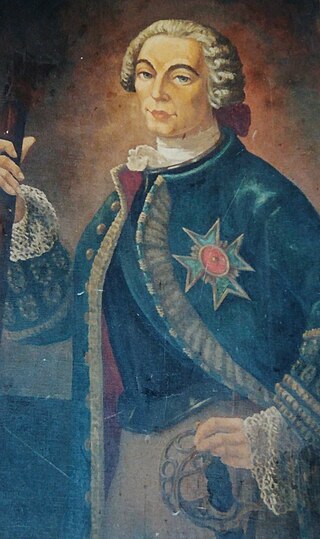
Étienne Perier or Étienne de Perier (1686–1766), also known as Perier the Elder, was a French naval officer and governor of French Louisiana from 1726 to 1733. His time as governor included some notable achievements, including the construction of the first levee along the Mississippi River in 1727. In response to the Natchez Revolt, he attempted to completely destroy the Natchez people, which increased Native American hostility toward the French in the territory. Because he failed to secure the safety of the colony, Perier was recalled as governor in March 1733. He later distinguished himself as a naval officer and privateer, including during the capture of HMS Northumberland in 1744.

William T. Johnson was a free African American barber of biracial parentage, who lived in Natchez, Mississippi.

John Edward Bouligny was an American politician who was a member of the U.S. House of Representatives representing the state of Louisiana. He served one term as a member of the Know Nothing movement's anti-immigrant American Party. During his term, Louisiana seceded from the Union, but Bouligny remained in Washington and refused to resign. He was the only member of Congress from Louisiana to not resign or vacate his seat after the state seceded.
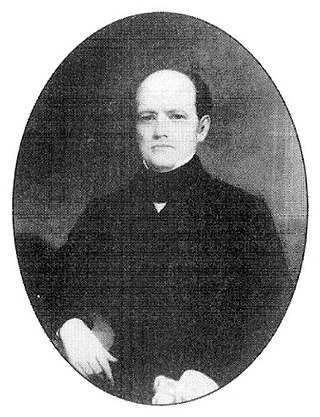
Charles Gustavus Ulrich Dahlgren was a brigadier general of Mississippi State Troops with allegiance to the Confederate States of America during the American Civil War. He commanded the 3rd Brigade of the Mississippi Militia, before a dispute with the President of the Confederate States of America, Jefferson Davis, over transfer of the state troops to the Confederate States Army cost him his career.

Yancy Derringer is an American action/adventure series that was broadcast on CBS from October 2, 1958, to September 24, 1959, with Jock Mahoney in the title role. It was broadcast from 8:30 to 9 p.m. Eastern Time on Thursdays.

Isaac Johnson was an American politician and the 12th Governor of the state of Louisiana.

Natchez has been the name of several steamboats, and four naval vessels, each named after the city of Natchez, Mississippi or the Natchez people. The current one has been in operation since 1975. The previous Natchez were all operated in the nineteenth century, most by Captain Thomas P. Leathers. Each of the steamboats since Leathers' first had as its ensign a cotton bale between its stacks.

Raymond Lalonde was an American politician who was a Republican member of the Louisiana House of Representatives from Carencro in Lafayette Parish. He resided in the town of Sunset in St. Landry Parish. He served in the Louisiana House from 1980 to 1996.
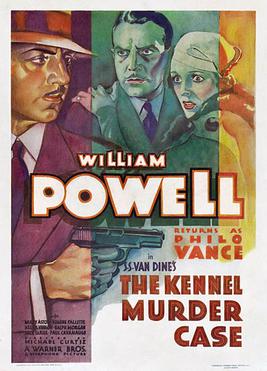
The Kennel Murder Case is a 1933 American pre-Code mystery film adapted from the 1933 novel of the same name by S. S. Van Dine. Directed by Michael Curtiz for Warner Bros., it stars William Powell and Mary Astor. Powell's role as Philo Vance is not the actor's first performance as the aristocratic sleuth; he also portrays the character in three films produced by Paramount in 1929 and 1930.
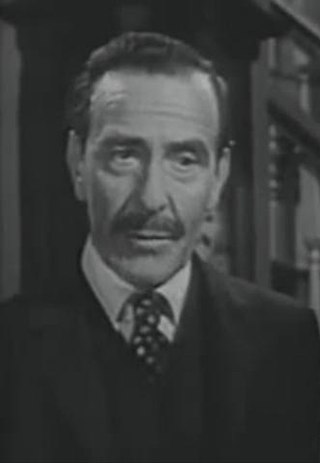
John Wengraf was an Austrian actor.

The Mississippi Gambler is a 1953 American Western film directed by Rudolph Maté and starring Tyrone Power. The film was nominated for an Oscar for Best Sound Recording. This film was the third Universal Studios film to bear this title—though with a different plot each time, the others being The Mississippi Gambler (1929) and Mississippi Gambler (1942).
George Hilton Jones III, D. Phil (Oxon) (1924–2008) was an American Rhodes Scholar, historian, college professor, and author of numerous works on English history.
"The Good Son" is the 19th episode of the ninth season of the American police procedural drama NCIS, and the 205th episode overall. It aired on CBS in the United States on March 27, 2012. The episode is written by Nicole Mirante-Matthews & Scott Williams and directed by Terrence O'Hara, and was seen by 18.67 million viewers.

John Landry “Buddy” Boudreaux was a big band and jazz musician in Baton Rouge, Louisiana. He played saxophone and clarinet. Since 1934, he directed and played in a number of bands that have toured the southern United States and drawn nationally known performers to Baton Rouge. The State-Times newspaper called him “the city’s sound of big band.” His bands backed such artists as Andy Williams, Bernadette Peters, Doc Severinsen, Dionne Warwick, Gladys Knight & the Pips, Burt Bacharach, Johnny Mathis, The Four Tops, Bob Hope, George Burns and Joan Rivers. He opened shows for Tony Bennett, Tony Orlando, Louise Mandrell, The Beach Boys and Bill Cosby. He was co-author—with his barber, Michael T. Abadie—of “My Baton Rouge,” which in 1998 was declared the city's official song.
Edwin Adams Davis was an American historian who specialized in studies of his adopted state of Louisiana. A long-time professor at Louisiana State University in Baton Rouge, he was particularly known for two textbooks, Louisiana: A Narrative History and Louisiana: The Pelican State, the latter for middle schools and coauthored with Joe Gray Taylor of McNeese State University in Lake Charles, Louisiana.
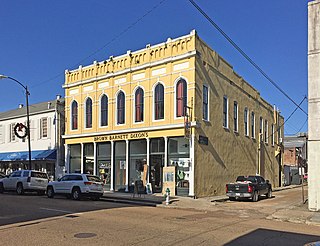
The Norman Studio in photography refers to the family business run principally by photographers Henry C. Norman (1850—1913) and his son Earl Norman (1888—1951) in Natchez, Mississippi between 1876 and 1951, which produced around 75,000 images documenting many significant types of events and subjects in the various small towns along the lower Mississippi River. Its output remains one of the most valuable and comprehensive visual collections documenting Southern American life during the late nineteenth and early twentieth centuries.

















